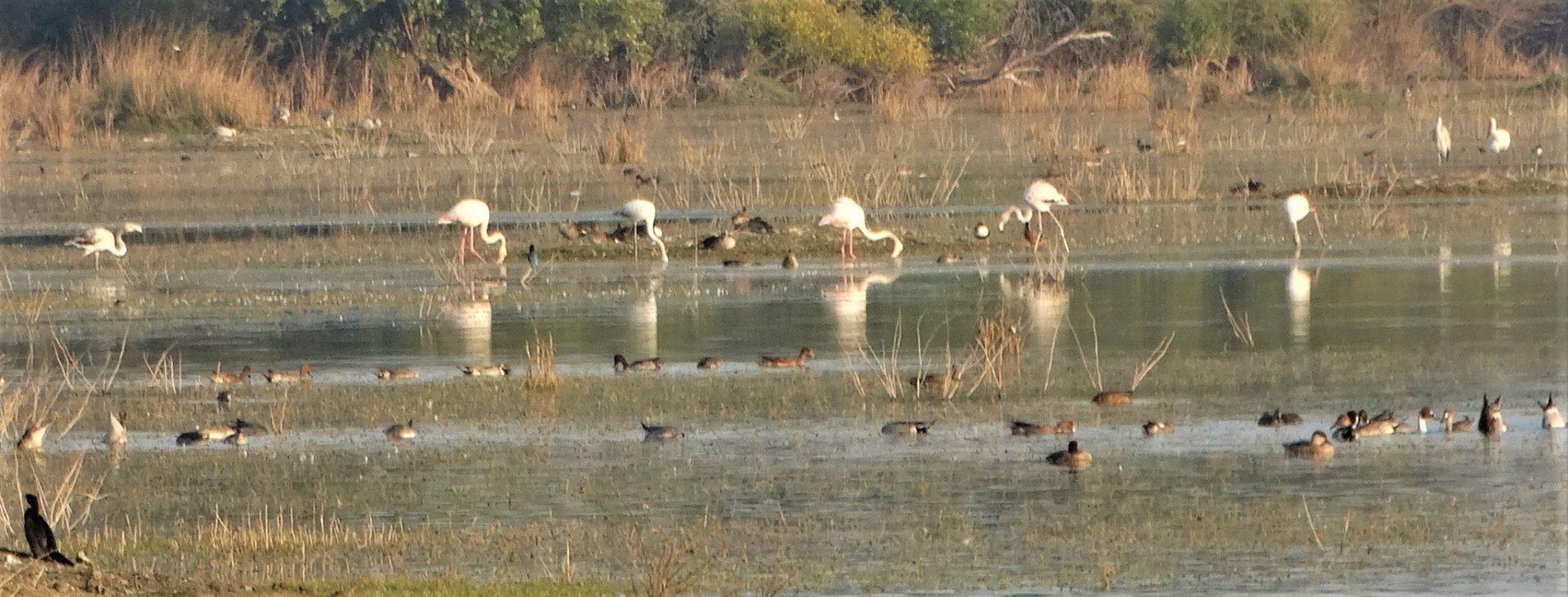
Conserving Wetlands to Achieve Land Degradation Neutrality
-
Natural infrastructure solutions
The Parties to the UN Convention to Combat Desertification, in their 14th meeting agreed to the goal of achieving Land Degradation Neutrality by 2030.Speaking at the Conference in September 2019, the Indian Prime Minister committed to upscaling the target of restoring degraded lands from 21 to 26 million hectare.
Wetlands are the water elements in the landscape. Often, the land restoration discussions look over the fact that healthy wetlands are critical to ensure the natural hydrological regimes, and the linked biological diversity outcomes. The goals of wetlands conservation and land restoration are complementary.
Unfortunately, wetlands have been the ‘poorer cousins’ in land management and restoration actions. The nine-fold land use classification, still used as a framework for recording land statistics does not recognize wetlands as a distinct category. Wetlands find place mostly within wastelands category. A natural incentive to land restoration is reclaim wetlands into some form of productive use, such as agriculture, housing and what not.
The situation remains grim even after putting in place a national regulatory framework for wetlands in the form of Wetlands (Conservation and Management) Rules, 2017. Till date, it is lamentable that not a single wetland has been notified under the rules, despite three years of notification. While the policy-makers and regulators have been dragging their feet, wetlands, especially those outside the protected area network, have been facing the ire of rampant encroachment and conversion. One does not need to look very far, most of the cities have their waste dumps inside wetlands.
Wetlands degradation makes the task of land restoration more formidable and challenging. Getting water to a landscape through engineering measures often alters the natural character and has high energy footprints. As distribution water elements in a landscape, wetlands restoration is often a ‘low-hanging’ and a ‘no-regrets’ option for land restoration.
While the country has set an ambitious land restoration target, it is high time that similar targets are set for wetlands. A beginning point would be to commit to a goal of ‘no-net loss of natural wetlands’.
